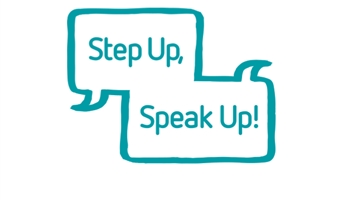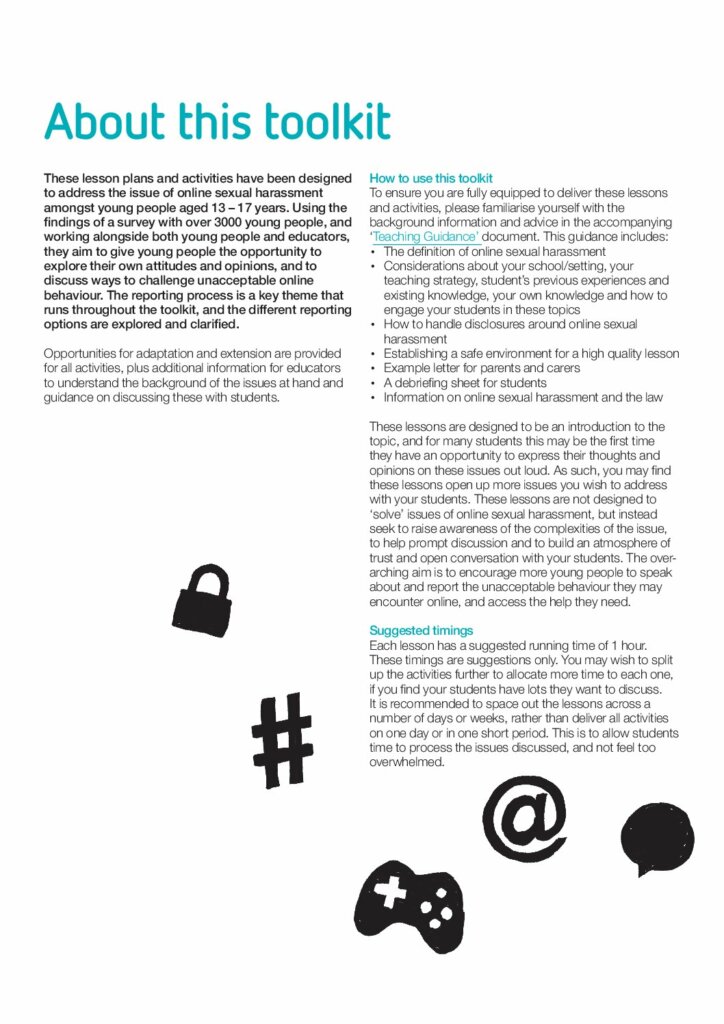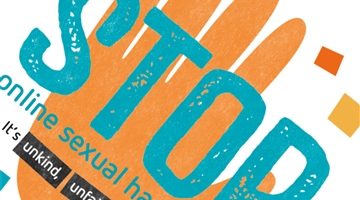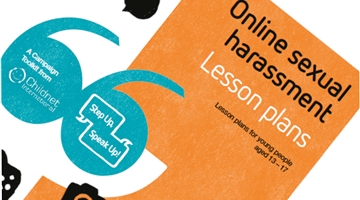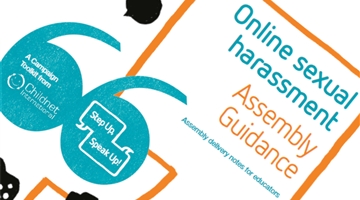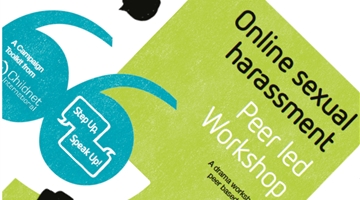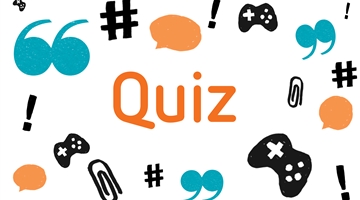This toolkit gives young people the opportunity to explore their own attitudes and opinions of online sexual harassment, and to discuss ways to challenge unacceptable online behaviour.
The reporting process is a key theme that runs throughout the toolkit, and the different reporting options are explored and clarified. Opportunities for adaptation and extension are provided for all activities, plus additional information for educators to understand the background of the issues at hand and guidance on discussing these with students.
Why should young people be taught about online sexual harassment?
Project deSHAME found that 51% of UK young people aged 13-17 years have seen people sharing nude or nearly nude images of someone they know in the last year. We found 26% of UK young people reported that someone had shared gossip or lies about their sexual behaviour online, and 39% of UK young people have witnessed people setting up a page/group to share sexual gossip or images of their peers.
Online sexual harassment covers many different behaviours, with sexting being one out of the many other types. Sexting is an umbrella term and it can take many forms.
Much of the previous work on this topic has been focussed on the initial sharing of the image, and risks placing the blame on the victim rather than concentrating on the unacceptable behaviour of the person who breached their trust and shared it on.
It’s clear that many young people are witnessing or experiencing a wide range of online sexual harassment incidents but not reporting them. Project deSHAME found that 53% of young people said they would ignore online sexual harassment if it happened to them, and only 15% said they would speak to a teacher about it.
How to use this toolkit
To ensure you are fully equipped to deliver these lessons and activities, please familiarise yourself with the background information and advice in the accompanying Teaching Guide.
This guidance includes:
• The definition of online sexual harassment.
• Considerations about your school/setting, your teaching strategy, student’s previous experiences and existing knowledge, your own knowledge and how to engage your students in these topics.
• How to handle disclosures around online sexual harassment.
• Establishing a safe environment for a high quality lesson.
• Example letter for parents and carers.
• A debriefing sheet for students.
• Information on online sexual harassment and the law.
Each resource has a suggested timing – lesson plans and the peer led worskop are 1 hour, and the assembly is 30-45 minutes. These timings are suggestions only. You may wish to split up the activities further to allocate more time to each one, if you find your students have lots they want to discuss. It is recommended to space out the activities across a number of days or weeks, rather than deliver all activities on one day or in one short period. This is to allow students time to process the issues discussed, and not feel too overwhelmed.
Please read though the activities beforehand, and use the points in the accompanying Teaching Guide (p.5) to reflect on how these lessons and subject matters may affect those you are teaching.
The subject matters in this toolkit are based on real-life examples, so may feel particularly pertinent and relevant to some young people. There is a high likelihood some students, or people they know, will have experienced an element of online sexual harassment. To discuss this behaviour in a group of their peers, some of whom will also know about their experiences and may even have played a part, may trigger an emotional response. Be sensitive to the students’ needs and make it clear they can speak to you or any member of staff at any point if they feel uncomfortable.
Also be aware of the triggering effect these issues may have on yourself or other members of staff. Online sexual harassment, and other offline forms of abuse and harassment can affect anyone. If you feel the topics will affect your emotional well-being, speak to your Senior Leadership Team for support. Detailed advice on preparing to discuss sensitive topics are found on p.5 and p.10 of the Teaching Guide.
As a result of the issues raised in these activities, it is possible a student may make a disclosure to you about a negative online experience, or that of another student. If this happens, acknowledge the student for doing the right thing by speaking up, and follow your school or setting’s safeguarding procedure as you would for any other type of disclosure. The aim of delivering the activities in this toolkit is to increase reporting of online sexual harassment. Remember, if the number of disclosures made goes up, this is not to say more incidents are happening. It is more likely that the number of incidents remains the same but more students have come forward to report them. This should be seen as a positive step in your school’s strategy to addressing online sexual harassment amongst your student community. Detailed advice on handling disclosures around online sexual harassment is found on p.8 of the Teaching Guide.
